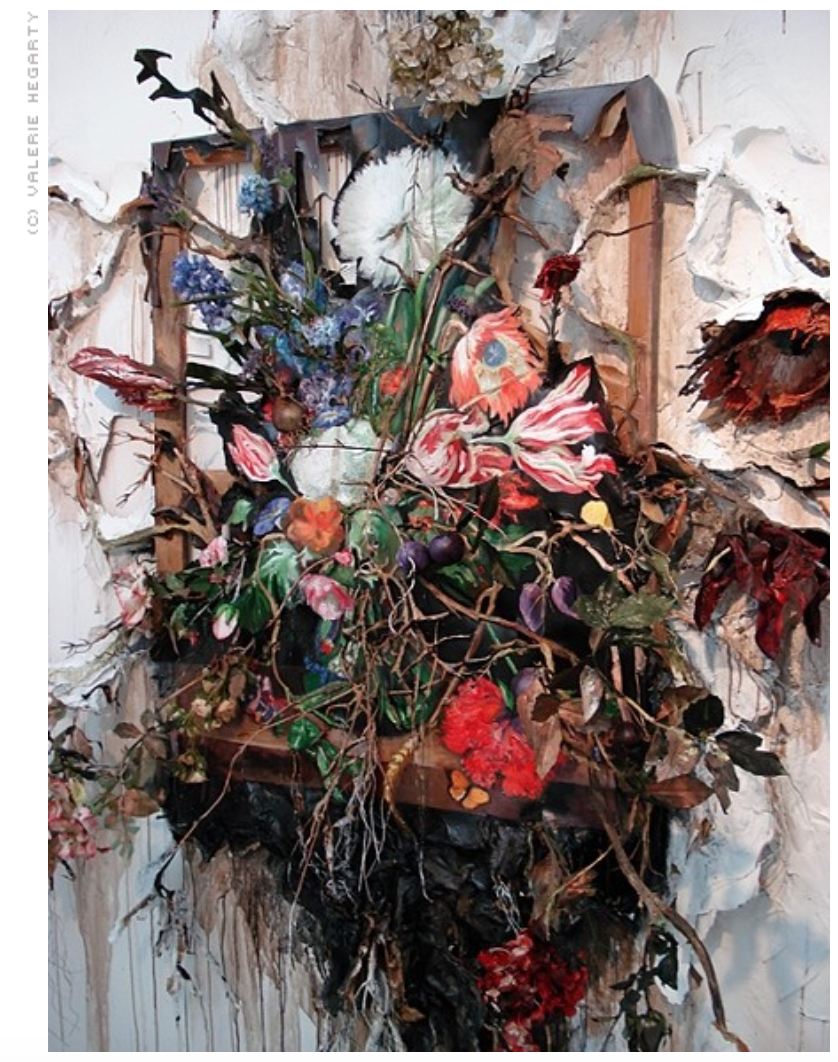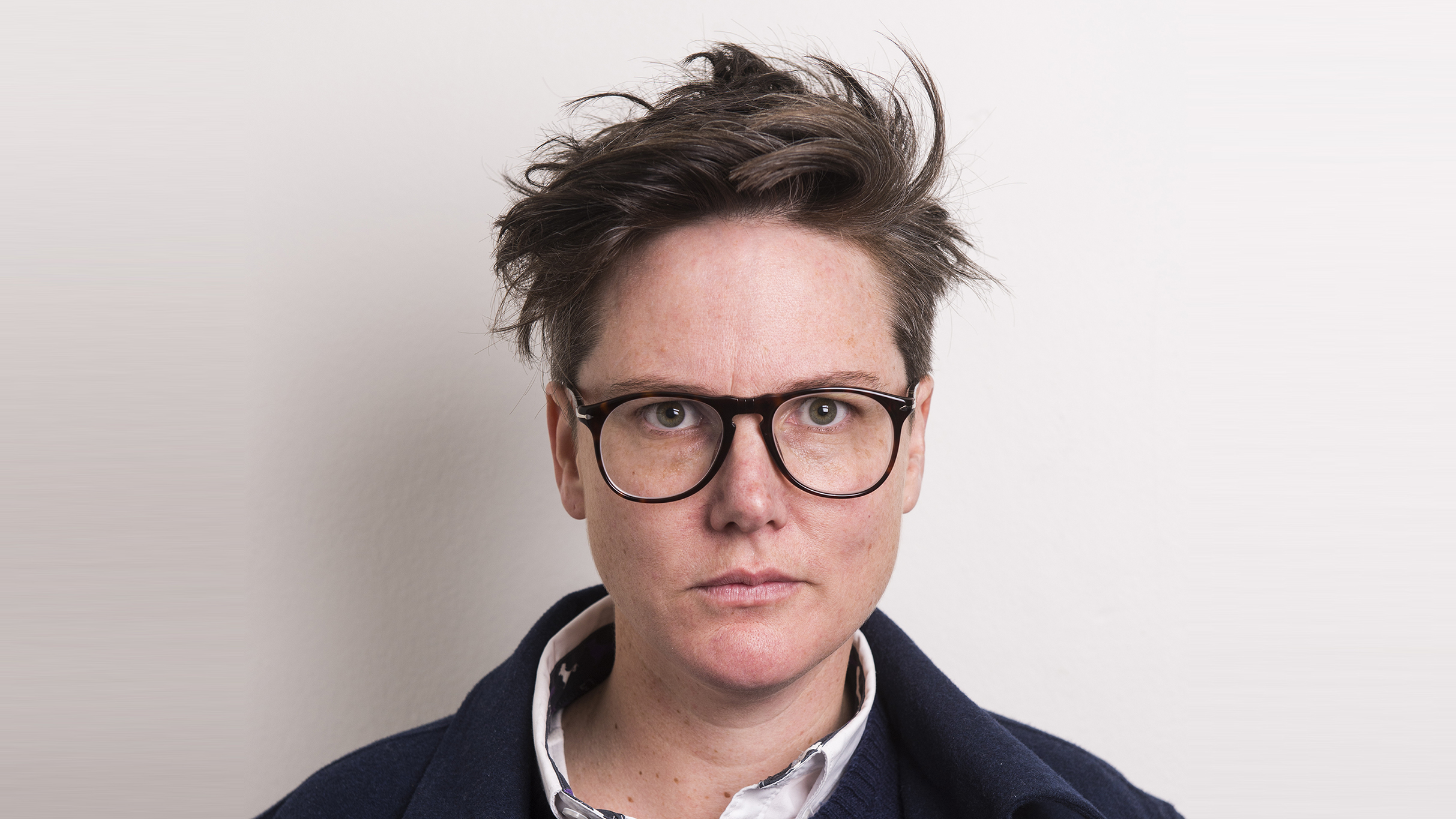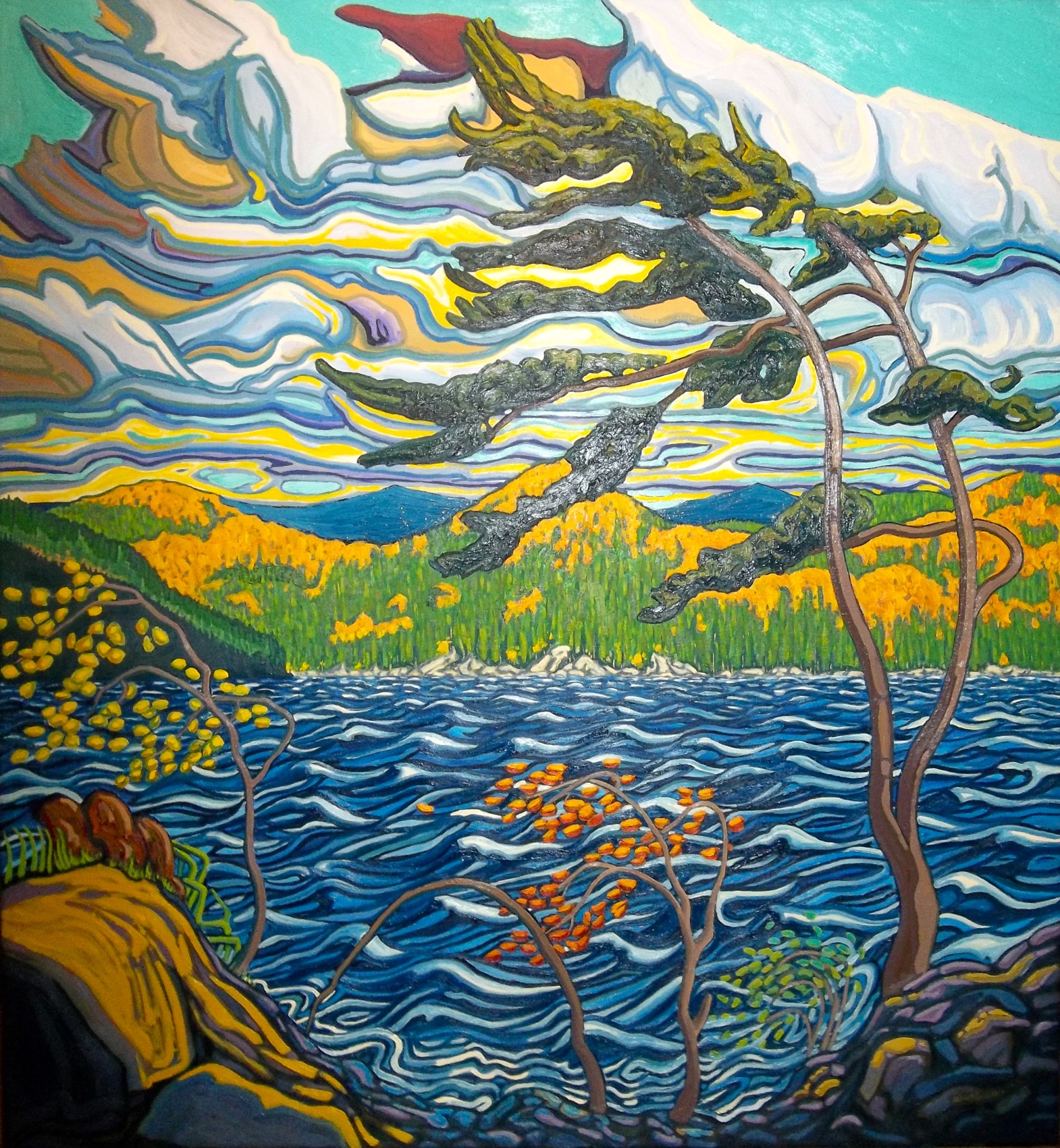An Interview Conducted by Jai Hamid Bashir of the artist, Valerie Hagetry
Valerie Hegarty is a visual artist based in Brooklyn who creates paintings, sculptures, and installations that often address themes of memory, place and history. Hegarty’s solo exhibitions include Nicelle Beauchene, NY; Marlborough Gallery Chelsea; Locust Projects, Miami; Museum 52, London; The MCA in Chicago; and Guild & Greyshkul, NY, among others including a commission for a public sculpture on the High Line, NY and her most recent show of site-specific installations in The Brooklyn Museum’s period rooms. Selected group exhibitions in NY include Artists Space, The Drawing Center, D’Amelio Terras Gallery, Derek Eller, White Columns and MoMA PS1.
Hegarty has been awarded numerous grants through foundations such as the Pollock Krasner Foundation, The New York Foundation for the Arts, the Rema Hort Mann Foundation, the Tiffany Foundation, and Campari NY. Residencies include LMCC, Marie Walsh Sharpe, PS 122, MacDowell, Yaddo and Smack Mellon. Hegarty received an MFA from The School of the Art Institute of Chicago, a BFA from San Francisco’s Academy of Art College and a BA from Middlebury College, VT. Hegarty was the first Andrew W. Mellon Arts and the Common Good Artist-in-Residence at Drew University in Madison, New Jersey from 2014-2015. https://valeriehegarty.com/home.html

Your art plays with our cultural preoccupation with art as objects of value and veneration. When presented so effaced and disregarded, your art brings attention to the hierarchy placed on materials in our culture. How did you begin this process? What made you decide to start working with materials in such a manner?
The first work I made in which I recreated an artwork from art history was “Among the Sierras with Woodpecker”. Up until this point, I had been doing large paper-installations that made the gallery space look like it was in the midst of renovation. Around 2006, I was asked to participate in an art fair by my gallery and the fair didn’t allowed me to glue paper to the walls and floor, so I thought I’d make an artwork that I could then excavate in some way (instead of working directly on the wall, it was making a mediating surface). So I came up with an alternative idea that was sparked by seeing two images in The New York Times side by side: one image was of an Iraqi military graveyard with vehicles riddled with holes from gunfire and the other image was of an ivory billed woodpecker that was thought to be extinct but had been sighted in the South. The visuals and concepts embodied in these images, the woodpecker and the holes, war and gunfire, extinction from industrialization, all coalesced into the idea for the new work, which was a full-scale replica of one of Albert Bierstadt’s grand canvases of the Sierra Nevadas that looked riddled with gunfire but the viewer would eventually discover the culprit was a small woodpecker. I was thinking how we never see American paintings destroyed by war like we’ve seen with other works in Europe and the Middle East. This destruction of property, of land, and habitat, and wars overseas points to ideas of “progress”. Perhaps the woodpecker is fooled by the realism in the painting and/or it is getting revenge. Woodpeckers are looking for insect infestation so there’s the implication that the concepts, such as manifest destiny, which are embedded in early American landscape paintings, is rotten. There is also an implication of self-destruction.
In your work you subvert flatness in favor of work that literally reaches beyond the frame. How do you typify your work? Do you consider your work “instillation?” If so, what are the gains or limitations of his term? If not, what are some taxonomies you are comfortable with?
I usually say that I make paintings, sculpture, and installation. I use the term “installation” if there are multiple components that have escaped the frame and entered the room more fully. Sometimes I say that I make sculptural paintings. This is not that unusual a format anymore, I’m currently in a group show in Williamsburg at The Royal Society of American Art that explores this format, the show is called “New Thick”

What is your process consist of? Specifically, one of my favorite works of yours is “Still Life with Peaches, Pear, Grapes and Crows.” What was the conceptualization of that space like? How did you go about orienting it?
Usually I get an idea for a piece from looking at paintings and sculptures in art history and reading contemporary news sources along with just being in the world at this place and moment in time. The piece you refer to was for a specific project in a Brooklyn Museum southern plantation period room. I knew I wanted to reference the invisible history in that particular room of the slave labor on the plantation so the idea was to make a roomful of crows attacking a banquet feast and also attacking still life paintings. I looked for a painting that had a varied selection of fruit so there would be an assortment of color and shapes. One of my favorite early American still life painters is Raphael Peale so I often look to his work, or his contemporaries for still lives. I painted a mostly faithful version of the painting by referring to a printout and painting with acrylics on canvas. Then I cut into the painting in order to build it out to have more dimension. I do this by adding sections of tin foil that I then paper-mache. Once everything is dry, I gesso and repaint. There is a lot of back and forth with this until the space becomes interesting to me. I made the crows out of epoxy, fabric and paper-mache, and once I added them to the composition, I did more work on the dimensions of the fruit until some fruits were completely out of the frame and in the crows’ beaks. In this particular piece, I cut holes in the fruit to look like the crows had attacked them, paper-mached behind the fruits so the hole appeared to have depth, and used acrylic mediums to have thick paint running out of the holes. One pear is completely out of the frame and above the painting being fought over by the crows. In art history, when there is a sign of rot in a still life painting, it is metaphorically about mortality and in my painting this is taking it to the extreme, in a violent way.
I especially have always adored the woodpecker making holes into this landscape painting that is emblematic of the American pastoral. It feels like a renegotiation of power through the more-than-human. Instead of “Nature” with a capital ‘N” aestheticized here is a way of thinking about nature as a force, as sentient. When you are making art how are you thinking about the ecological? How would you describe your art’s relationship with something like climate change and the threat of nuclear war, etc.?
I think about our destruction of the environment all the time. I think about nuclear war less. In the woodpecker piece, the woodpecker can be seen as getting revenge on the American notion of manifest destiny which led to the destruction of indigenous peoples, the buffalo, and land, including the woodpecker’s habitat.
What do you think if someone were to describe your work as “post-human” or enacting an “ecological consciousness” ?
I would think that was appropriate. When I give artist talks I often refer to Thomas Cole’s series of five paintings “Course of the Empire” where a landscape is shown going through five stages of development, “the Savage State, “The Pastoral State” (which was considered the ideal), “The Consummation”, “The Destruction”, and finally “The Desolation”. I see my work as “The Desolation” phase, after the growth and fall of the Empire, all that is left is ruins with nature reclaiming the site. There is no sign of humans in this painting, but there are a few birds nesting on top of a pillar insinuating that life will continue and evolve, perhaps in the same way, perhaps in a different way.
What do you think about discourse surrounding womxn artists? Is there a limitation on even the taxonomy of “womxn artist?” Do you think it is reductive? Liberating?
I am a woman artist so I inherently am involved in this issue although I don’t define myself as being a “woman artist”. I think of myself as an artist. I think it is important that it is acknowledged and attempts made to reconcile the underrepresentation of women in the arts. I am happy that some artists make work about this issue. I do think that many of my materials and processes were associated with “women’s work” or hobbyists (ceramics, watercolor, craft materials like paper-mache) and my work with its embedded social and political messages in previously crafty mediums can be subversive. Currently, I do have an idea for a new work that refers to the consumption of women’s bodies in art history and the blaming of women for being temptresses. (The idea is to make an apple core that looks like a nude female figure).
Art is necessary
Art is not a luxury
Art should be expansive
Art can be body and soul saving




